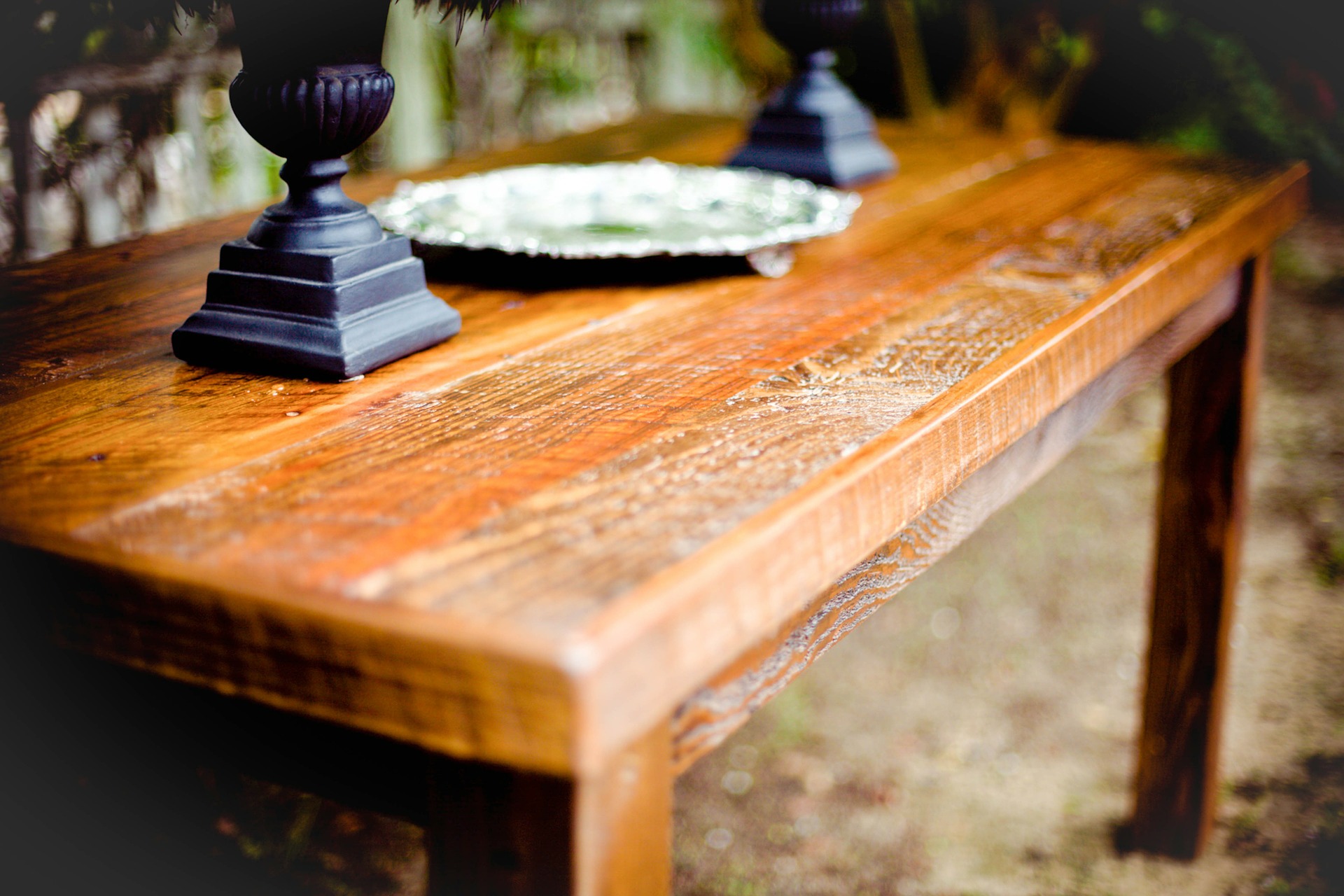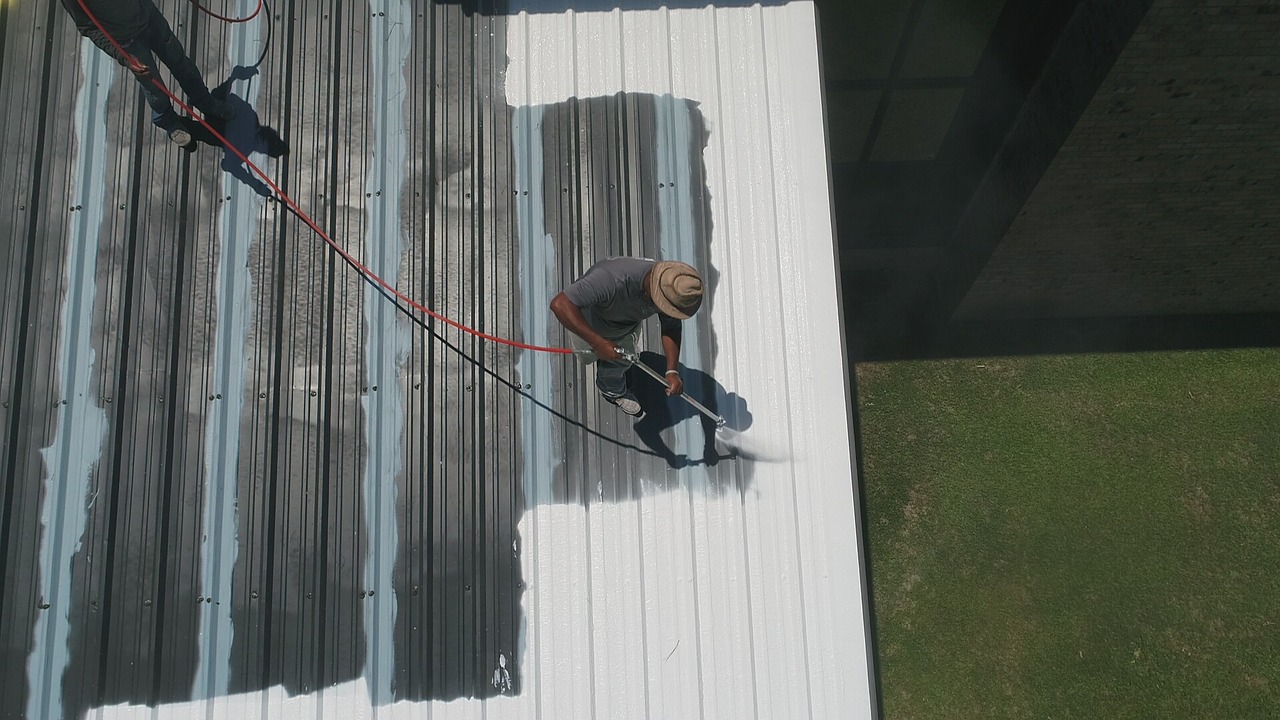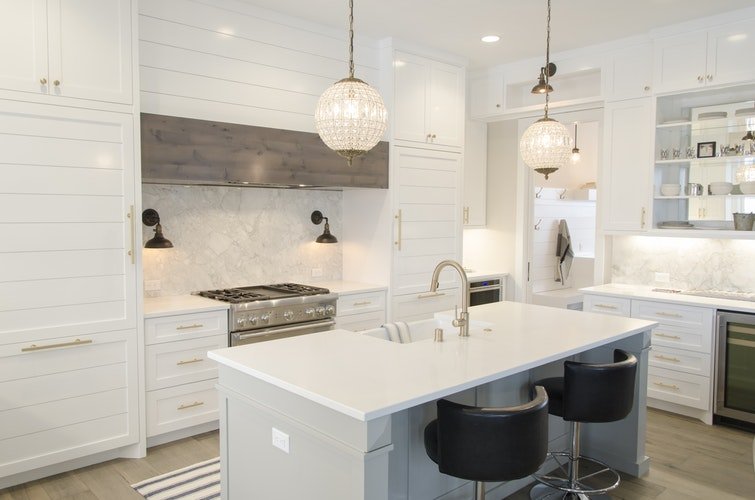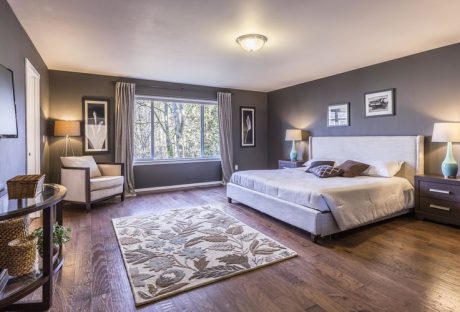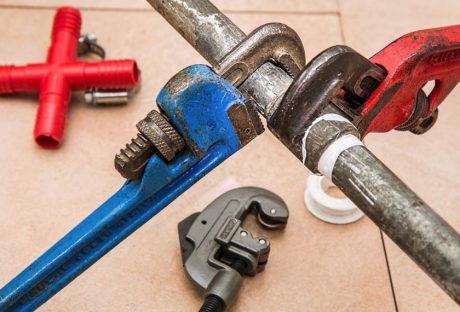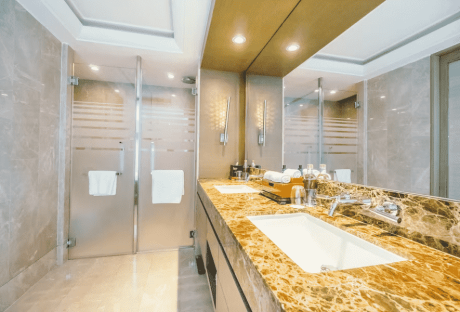The process of kiln drying or drying logs in a heated chamber produces high-quality wood for furniture. It is because it results in less moisture in the wood, thus making it better and stronger. Problems such as cracking and warping are also less likely to happen. Proper dryness of wood is important to do furniture making a right.
Types of wood used for furniture:
There are three main types of wood used for furniture, namely hardwood, softwood, and engineered wood.
- Hardwood. This wood comes from maple, oak, cherry walnut, and other deciduous trees. It is strong, so it is suitable for making furniture.
- Softwoods. They come from pines and other evergreen trees. They can dent or bend easily, so they are not recommendable for use in furniture.
- Engineered wood. As the name suggests, this type of wood is engineered to achieve a particular form. Plywood and particleboard are two forms of engineered wood. Plywood is stronger than particleboard and suits weight-bearing furniture.
What is kiln dried wood?
This type of wood undergoes the process of kiln drying, an artificial way to dry wood. A kiln is like a huge oven that controls air circulation, humidity, and temperature and heats the wood directly or indirectly. Direct heating uses natural gas or electricity while indirect heating makes use of heat exchangers and solar energy. This process makes it highly effective for use in furniture. It can remove about 93% of the moisture.
What makes kiln dried wood different?
Kiln drying makes the process of drying faster. Wood is hygroscopic, meaning it continually interacts with moisture for balance until it is completely sealed. It is natural for wood to be that way for a living tree has pathways inside to absorb moisture and nutrients from the roots up. The chopped logs lose moisture content as they dry and kiln drying makes that easier.
The significant reduction in the moisture content of wood is essential to avoid warping or shrinkage with changes in temperature and humidity. When used in furniture, it can destabilize or lose shape. Air-drying is also good when done right, but by using kiln dried logs, you can be sure, because the process is highly controlled.
Benefits of using kiln dried wood
Air-dried logs are also good for furniture, but you cannot really be sure if they are dry enough even if a supplier tells you so. With kiln dried logs, variable conditions are controlled, and drying takes place in a shorter time. Additionally, it kills harmful insects, mould, and fungi, making it safer to use. Kiln dried wood makes the best quality furniture. Less moisture makes the furniture stronger and better looking. Problems such as cracking and warping are less likely to happen.
Drying can be difficult when done the natural way, especially in a wet climate. When buying furniture, it is best to know what type of wood they used to have a picture of how long it will last. The use of a moisture meter is important for manufacturers to address moisture-related problems. Modern times have made it possible for mankind to understand nature better, which is why the relationship of wood to moisture can now be understood and measured.
Read Also:













